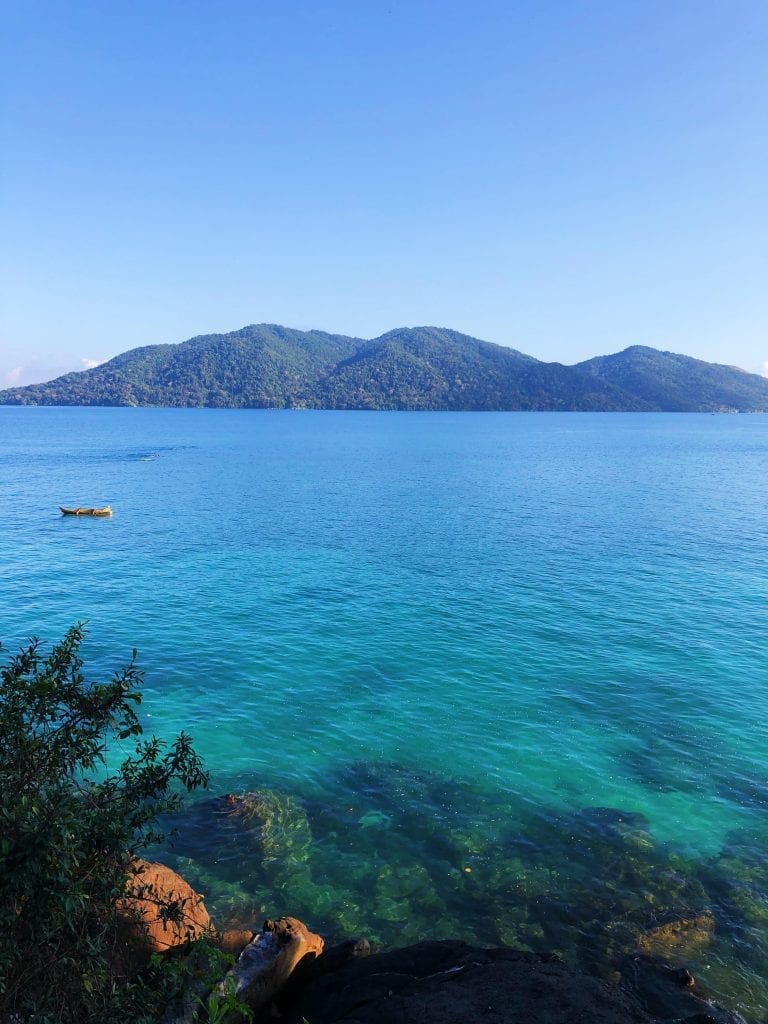Until relatively recently, a lot of people thought Madagascar was just an animated family-friendly film. In actual fact, the 4th largest island in the world is host to 15,000 endemic species, many of which are on the endangered species list as a result of climate change and anthropogenic activities.
Madagascar is a developing country with its economy steadily growing and reports that exports of materials such as wood and vanilla are on the rise. However, this relatively newly discovered country is struggling to keep up with an increase in demand. This has led to rates of deforestation, overhunting and overfishing skyrocketing.
The growing tourism industry in Madagascar is providing local people with jobs, giving them the chance to learn third and even fourth languages, after Malagasy and French. However, the westerners bring western habits. I didn’t realise the extent until I saw it first hand; huge cruise liners with hundreds of tourists land on the modest Nosy Be Island off north west Madagascar, bringing a stream of reef-harming sun cream, indecent clothing but above all… plastic.

Plastic production took off to replace and keep up with the increasing demand for natural resources, such as ivory and wood. The initial environmental motivation was positive, although in the mid 1900s it became convenient to move to single-use. The amount of land available for waste could not keep up with the sudden boom.
Plastic in the ocean was first recorded in the 1960s and has now been found in untouched, uninhabited areas of the ocean such as The Mariana Trench in the form of ‘microplastics’. Microplastics are less than 5mm in size and are either intentionally made that small or become that small as a result of erosion or UV radiation. For such a small and unnoticeable object, they have a detrimental impact on wildlife. 90% of birds have plastic inside them, 73% of deep-sea fish have plastic in their stomachs and the story for our surface-swimming whalesharks isn’t any better.
I spent the last few months in Madagascar as a marine research assistant measuring the biodiversity and species number of the reef, specifically focusing on the impact of plastic. Nicole, a fellow marine intern, said: “Every month during spring tides (extreme tidal range) we would carry out one beach clean a day on our turtle nesting beaches. We took the collected plastic back to camp where it was cleaned, separated and weighed. These data were sent to the University of Western Australia and the University of Exeter to see if there’s a relationship between the plastics arriving and the success of turtles nesting population.”
One particular species caught my attention: the whaleshark. These 18m gentle-giants are filter feeders, meaning they filter thousands of litres of seawater every hour to consume the smallest organisms in the ocean, such as zooplankton. But the increasing amount of microplastics in the ocean means these beautiful fish are becoming starved as the tiny pieces cannot be digested. This makes microplastics a primary contributing factor to the 50% decline of whaleshark numbers in the last 75 years according to the IUCN Red List.
So what can be done? There’s a whole stream of actions you can do to reduce your plastic consumption but start with reusable water bottles, moon-cups (for us women) and buying secondhand clothes.
There are changes that we all need to make to our lifestyle, including, but not limited to:
- First and foremost, boycott those microbeads. They’re found in scrubbers, toothpaste and exfoliants.
- When shopping, try to buy in bulk. It is more expensive at the time, yes, but also much cheaper in the long run and uses less packaging.
- Supermarkets such as Waitrose, Sainsburys and M&S have built refill stations to cut down on single-use plastic containers, so why not try and use them as much as possible?
- To deter you from buying a bottle of water ever again and to put the mark-up cost into perspective, bottled water is about 500 times more expensive than tap water. That is the equivalent of spending £2000 for a pint of beer!
We’ve lived without single use plastic before, let’s do it again.
Words by Zara Louise O’Toole
This article was originally published as part of The Indiependent’s May 2020 charity magazine, which is still on sale and is raising money for the British Lung Foundation. Find out more here.
